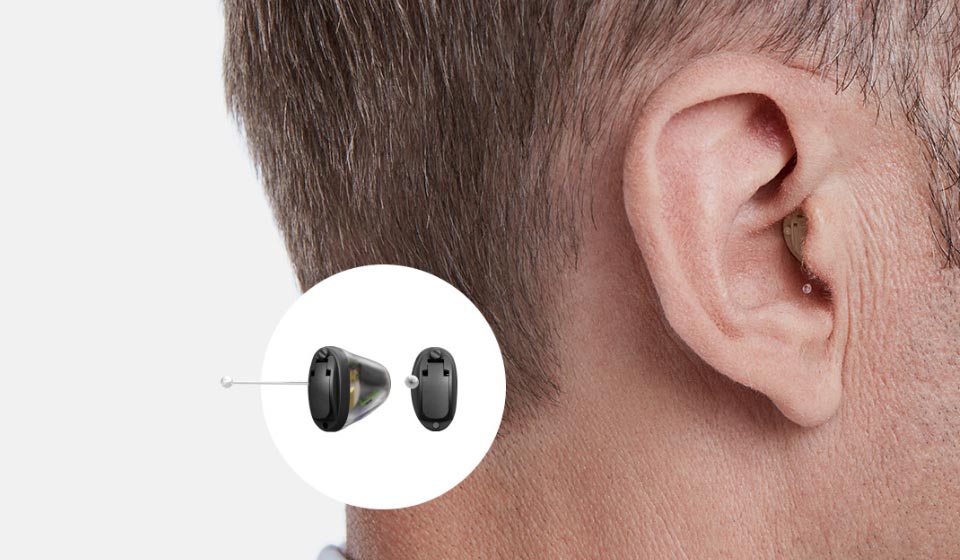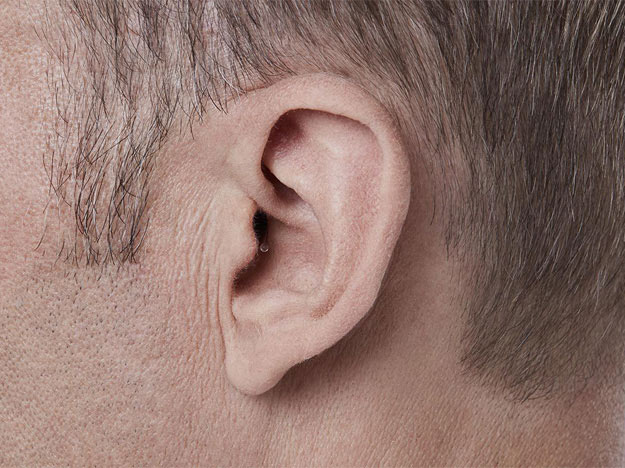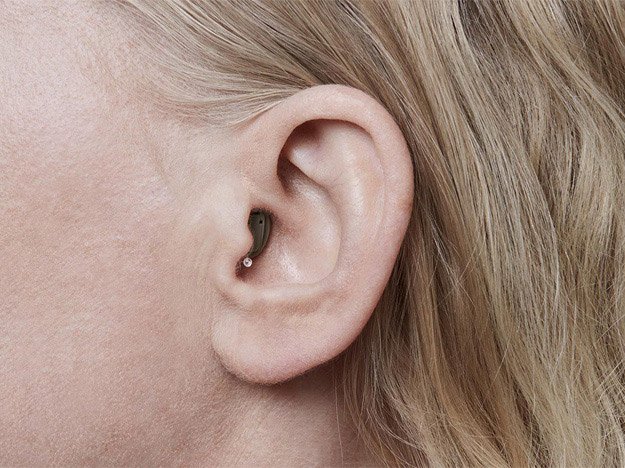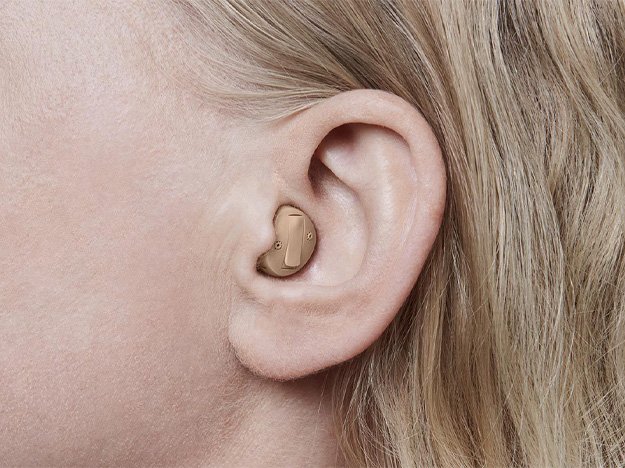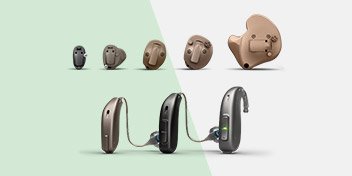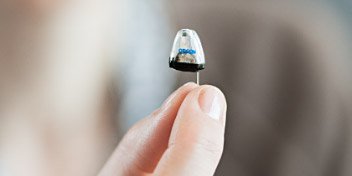Invisible hearing aids (like the invisible-in-the-canal hearing aid) are a type of small digital hearing aid which typically sit inside your ear so that they are almost invisible to the naked eye. In fact, modern hearing aids have decreased so much in size that even some behind-the-ear hearing aid models are virtually invisible as well.
Invisible hearing aids – just like other types of hearing aids – are made up of three parts: a microphone, an amplifier, and a speaker. Sounds are received through the hearing aid’s microphone, which then converts sound waves to electrical signals before sending them to the amplifier. The power of these signals is then increased by the amplifier and sent into the ear through the hearing aid’s speaker.

